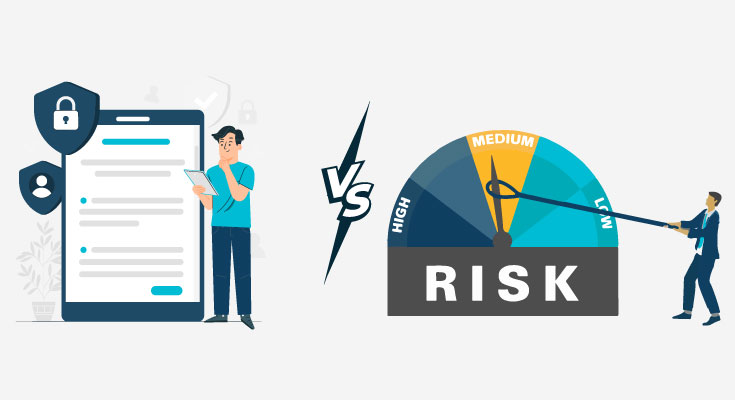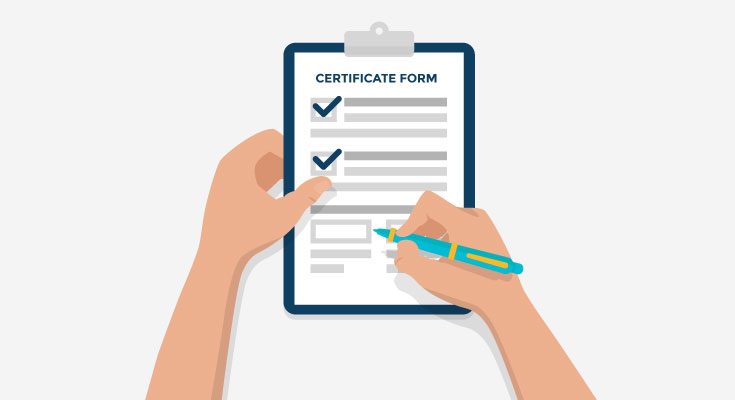According to surveys, 60% of top-level executives in the financial industry consider compliance and risk management as the two most complicated categories. Some surveys have showcased that a huge number of banks globally don’t have ideal techniques in place to maintain compliance.
There are tons of misconceptions about compliance and risk management. While both of them help businesses protect their legal structure and physical assets from fraud, both of them are unique. Most people end up interchanging the terms with each other. For businesses operating in the financial industry, the need to understand the difference between the two is crucial.
Without having an idea what compliance and risk management have to offer, it’s practically impossible to stay secure.
Business leaders can come up with strategies that take advantage of all the tools at hand. The end goal should be to comply with all laws and manage risk as much as possible.
What is Compliance?
Compliance is the process of following a set of standards, regulations, and legal guidelines. Compliance management is the process of making sure the entire organization is doing activities that help them conform to the rules. Managing compliance in businesses involves two important steps:
- Regulatory compliance: These are the steps and changes made by an organization to comply with the set of rules, guidelines, and laws set by an external authority.
- Corporate Compliance: These are the actions and security practices an organization implements to ensure compliance with the organization’s internal rules.
For an organization to operate smoothly, they need to comply with both regulatory and corporate guidelines. Maintaining regulatory compliance can protect businesses from external threats, and prevent fines, legal actions, and even shutdowns in some instances.
What is Risk Management?
Risk management is something an organization has to do on its own. It’s the process of analyzing, assessing, identifying, and then managing potential threats that can hurt an organization’s reputation and financial health.
These risks come from various sources, including legal liabilities, data-related issues, financial uncertainty, poor KYC and customer onboarding processes, poor vendor onboarding processes, etc.
Risk management involves building and implementing plans that can increase awareness of these threats and teach how to avoid them.
Risk management allows businesses to predict future threats and prepare for them.
Difference Between Compliance and Risk Management
Compliance and risk management are closely intertwined. Compliance in association with industry regulations makes sure that businesses stay protected from emerging threats. Risk management, on the other hand, helps businesses prevent risks that can arise from non-compliance. Let’s break down the differences between both them:
- Prescribed vs Predicted
Compliance is a set of rules and regulations that are set forth by regulatory bodies (governments, industry leaders, etc). Risk management is mainly internal. Organizations have to predict for themselves the risks that can arise in the future. Based on these assessments, businesses have to come up with solutions that help manage these risks.
- Tactical Approach vs Strategic Approach
Not complying with industry standards and rules can lead to huge fines, penalties, and reputational damage. Businesses spend hundreds of hours worth of manpower to take a “check-box” approach to make sure the organization is complying with the rules.
Compared to that, risk management is all about building strategies as it requires carrying out decisions that minimize risks.
- Preventing Risks vs Creating Value
Businesses need to take a far-sighted approach to risk management. Without preparing for the future, businesses are not usually able to generate value propositions for themselves.
The compliance process ends when an organization is sure that a particular rule is followed. Out of the two, compliance is easier. But, it gets a bad reputation in the industry as it requires time, effort, and resources from employees. Instead, employees could be spending their time on other projects.
A good risk management program is a never-ending process. It requires constant changes, amendments, and thought. Risk management requires changes to strategies all the time so the organization can stay compliant with external rules. Constantly staying up to date with compliance leads to generating a great brand reputation in the market.
Can Compliance Happen Without Risk Management?
Your organization can’t have risk management without compliance. Not being able to or not wanting to comply with rules leads to fines, exposure to threats, and reputational damages. So, make sure to include the compliance process in your business.
The average non-compliance cost for a business is $9.4 million. A good risk management plan will be able to allocate resources and time to ensure an organization is up to date with all the latest compliance laws.
Organizations can prevent hefty fines, losses due to theft, and reputational damages by simply investing in a risk management process.








